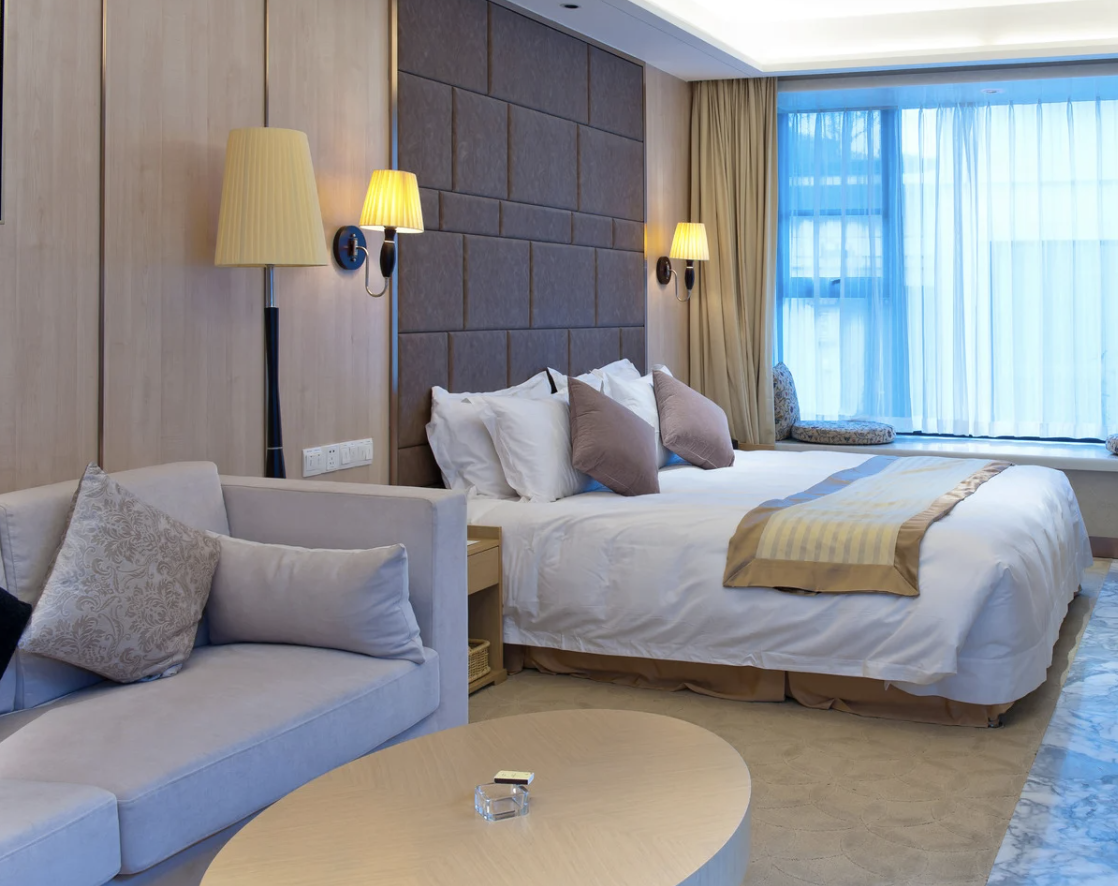
Hotel Renovations: When to go BIG
Most owners and prospective buyers aim to minimize their hotel’s CapEx spending on Property Improvement Plans (PIP) or renovation work and with good reason — it keeps their investment as low as possible.s
When and Why to “Go Big” on your Hotel Renovation
However, there are scenarios below where owners may want to go bigger.
- Strong demand and underperformance
If the hotel is in a high-demand environment but is underperforming its competitors, particularly if the hotel has “good bones” and most of the work would be interior, it may be worth making a larger investment. - Broader Economic Interests
If the hotel is or could be part of a mixed-use development, investing in upgrading the property could increase value to the entire project. Similarly, if a corporation or organization wants to increase quality where there’s no equivalent in the current market, a larger investment could be the right move.
- Rising demand in the area
If the market a hotel is in is rapidly growing – think Austin, TX or Nashville, TN ten years ago, a larger investment toward a renovation could position the property to capitalize on the market growth.
- Underperforming revenue centers
If a previous major revenue center, such as banquets, catering, or a restaurant are not meeting industry standards, then re-concepting and/or upgrading would generate a meaningful return on investment.
Steps for Initial Hotel Renovation Planning
Conduct market research
Get in the weeds! Identify the physical attributes and amenities the top-performing hotels have that your hotel lacks. In other words, why are the winners winning? Be honest with yourself! Evaluate and analyze guest scores and competitors online rankings and reviews. Talk to salespeople, at both your hotel as well as your competitors’ hotels. Review meeting planner scores and consult directly with the meeting planners.
Based on your research, determine if there is an unmet amenity need in the market, such as a rooftop/pool bar, a popular type of restaurant, high-performing meeting space, specific types of suites, or an upgraded fitness center. If so, consider this during the programming phase and incorporate these finding into renovation plans.
Pro tip: Look for design inspiration studying the best practice concept/design ideas from new hotels in other markets.
Refine your hotel brand and messaging for post-renovation
Discover what the target customer is looking for and evaluate what differentiates the hotel in the market. Does this need to change or evolve with the renovation? If so, the marketing team will have to tell a new story. Your brand and differentiation should drive the overall design plan.
Assemble your initial design team
Typical team members include owner or owner’s representative, architect, interior designer, procurement agent, construction consultant, operations representative (ideally the General Manager). Every role on the team is important. However, interior design is the money ball role in hotel renovations. Designed out spaces and chosen finishes create the emotional connection with the consumer and help establish positioning and drive demand.
Begin the design process
During the design process, incorporate insights gleaned from the market research and branding study. Incorporate the elements that will materially impact revenue and, by extension, profit. Keep in mind that changes to drawings are less costly in the early phases. The conceptual or framework phase is the time to consider “Go Big” options. If your hotel has a chain affiliation, don’t forget to engage the brand and bring them along in the process.
Pro tip: The hotel design process is iterative with many addition steps than those shown here. There is invariably a value engineering phase, which usually occurs at 50% or 100% of the design development phase.
Do the math
Put together a simple proforma forecasting a 5-year incremental revenue and net operating income (NOI) that will be generated by the renovations and amenities you are adding to your design that are above your baseline version. Do the same thing with the incremental cost associated with those amenities. There are several ways to look at your return on the additional investment. My preference is typically yield over cost (incremental NOI in year 2/incremental investment cost).
While minimizing renovation costs is generally wise, there are opportunities to "Go Big" and reposition an underperforming hotel, especially if the property has strong potential in a growing market. Done right, this can lead to substantial returns on the incremental investment.
